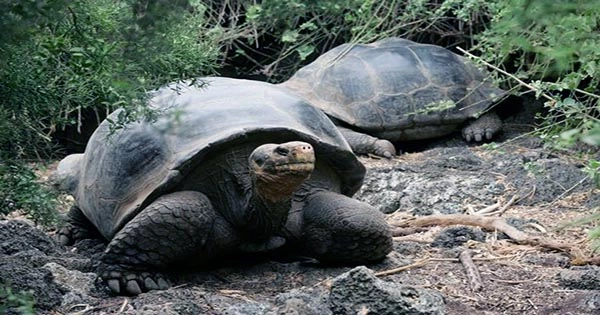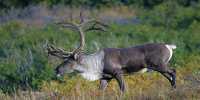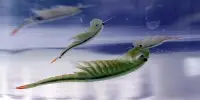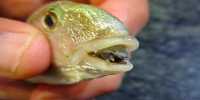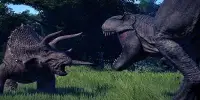Authorities in Ecuador are looking into the deaths of four Galápagos tortoises because they believe the gentle giants may have been killed for their meat.
According to a tweet from the State Attorney General’s Office on Monday, a special division that focuses on crimes against the environment and wildlife has opened a preliminary investigation into the alleged “hunting and slaughter” of the four giant tortoises discovered in the wetland complex of the Galápagos National Park.
The Provincial Attorney General of Ecuador thinks the enormous tortoises may have been killed for their meat, according to a statement from the Galápagos Conservancy.
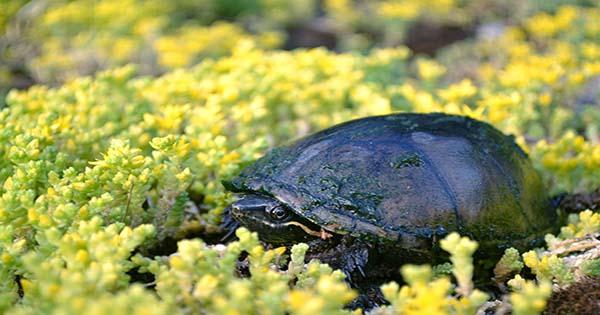
The disturbing discovery was made less than a year after the mutilated corpses of 15 Chelonoidis guntheri tortoises were found in a remote region of the Sierra Negra Volcano in Galápagos National Park. Once more, it’s believed that these enormous turtles were stolen for their meat or shells.
According to the IUCN Red List, there are currently 15 different species of giant tortoises in the Galapagos, the majority of which are under some sort of extinction threat.
There were many gigantic tortoises in the Galápagos Islands when Charles Darwin visited them in the 1830s and got the idea for his seminal work, On the Origin of Species. However, their numbers have been steadily declining for the past 200 years.
The fall of the tortoises was largely caused by the introduction of exotic species, but whalers and sailors visiting the island were a major cause of poaching. These sluggish creatures were incredibly simple to hunt, and unfortunately, humans grew to have a voracious desire for their flesh.
It is well known that Darwin and the crew of the HMS Beagle enjoyed eating gigantic tortoises and discarding their empty shells when at sea.
According to legend, giant tortoises on the islands are “extraordinarily large and fat, and so sweet, that no pullet eats more pleasantly,” according to British pirate William Dampier, whose ship was based in the Galápagos, while French explorer François Leguat said their meat “tastes something like mutton.”
Despite the fact that conservation efforts have led to an increase in the population of numerous Galápagos giant tortoises, it appears that some individuals haven’t learned from their careless past.
